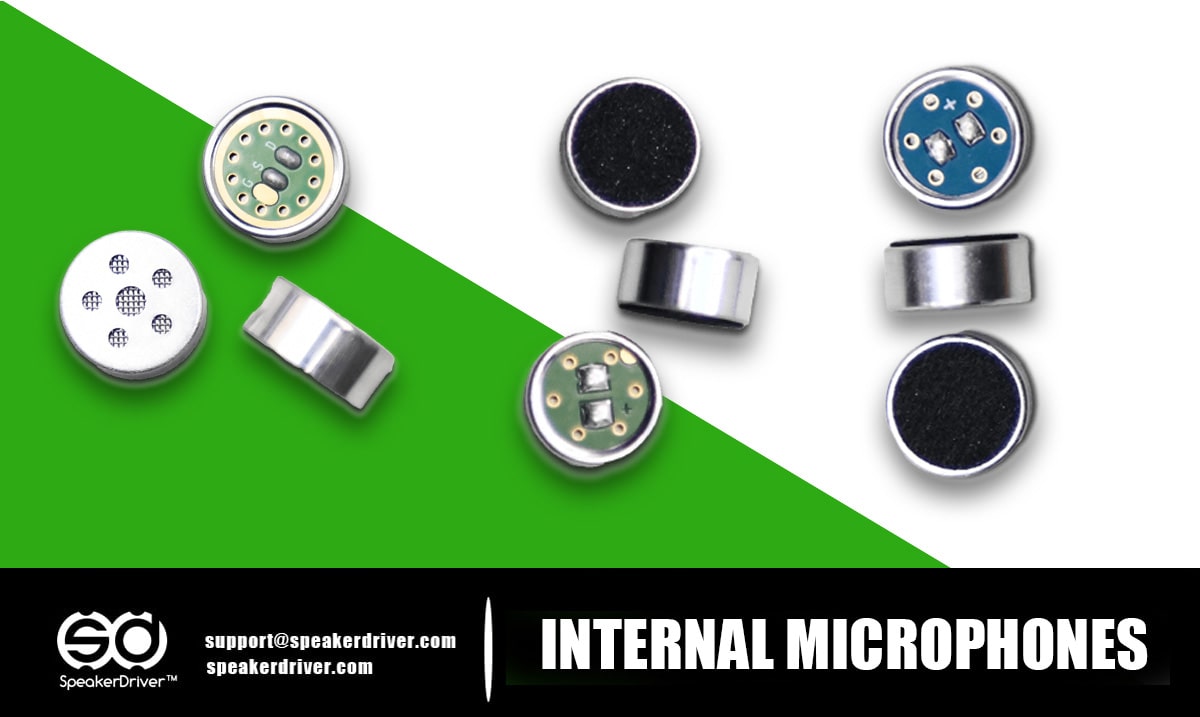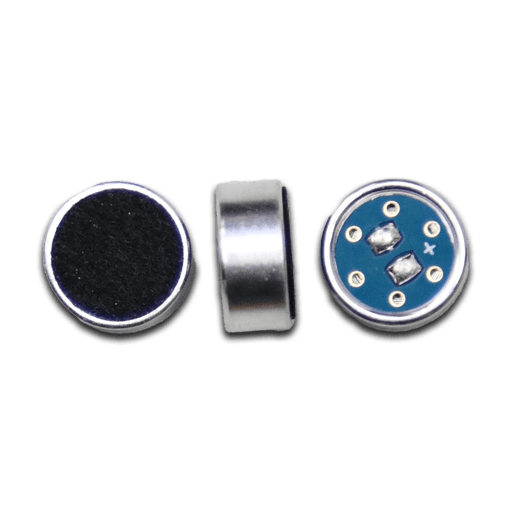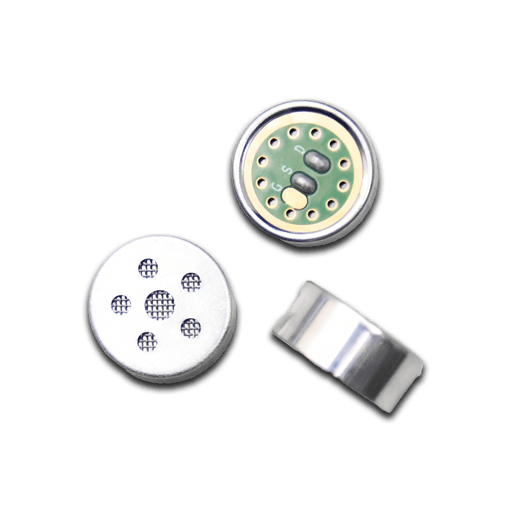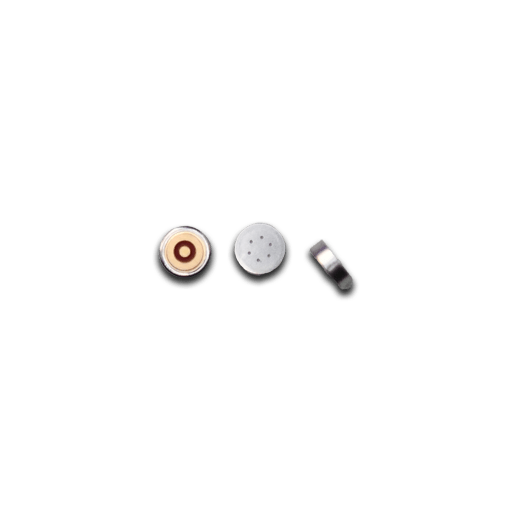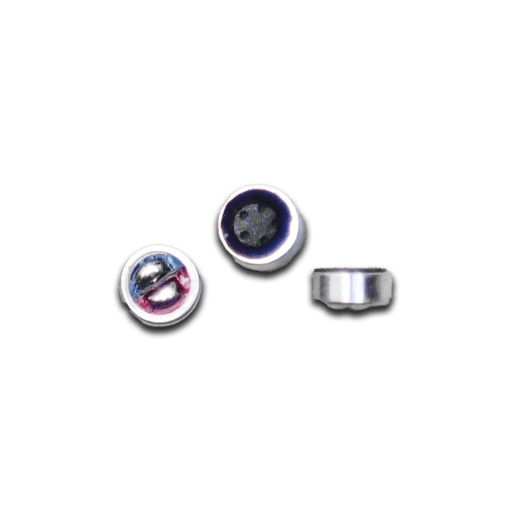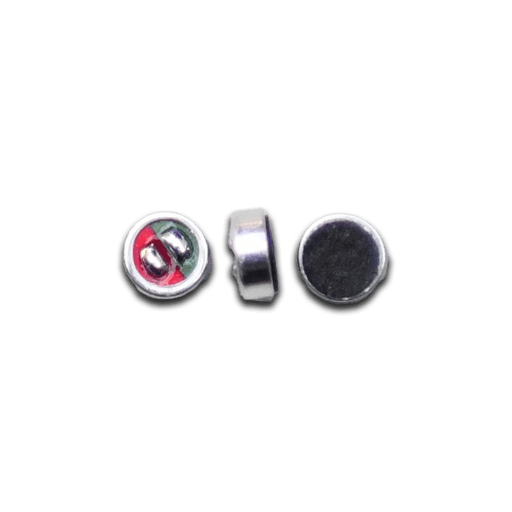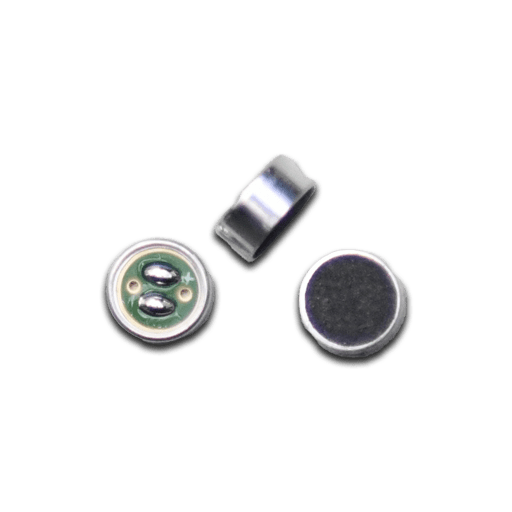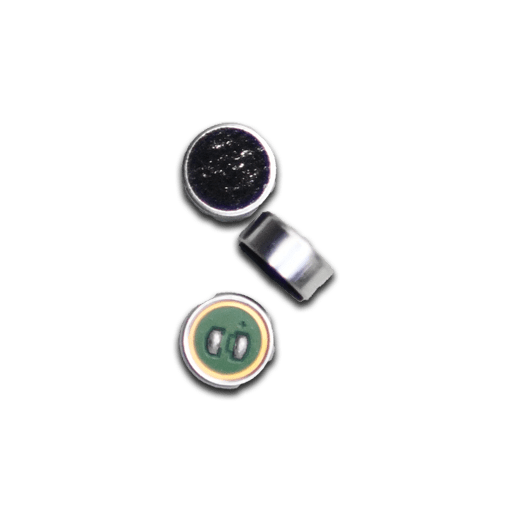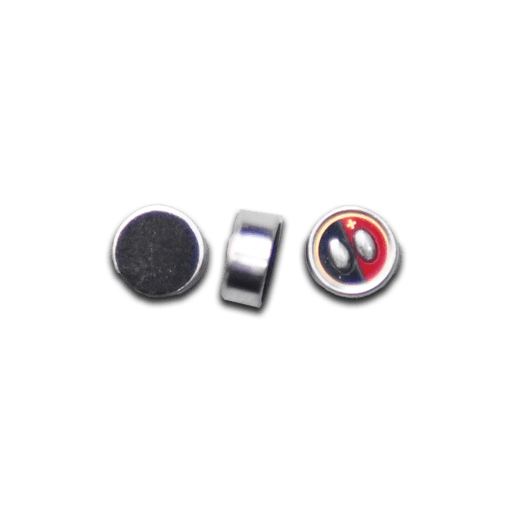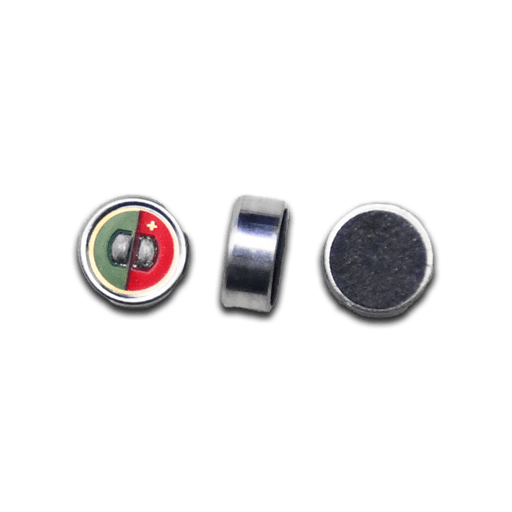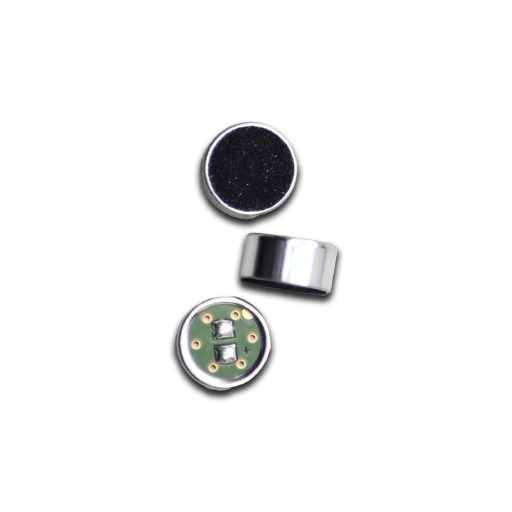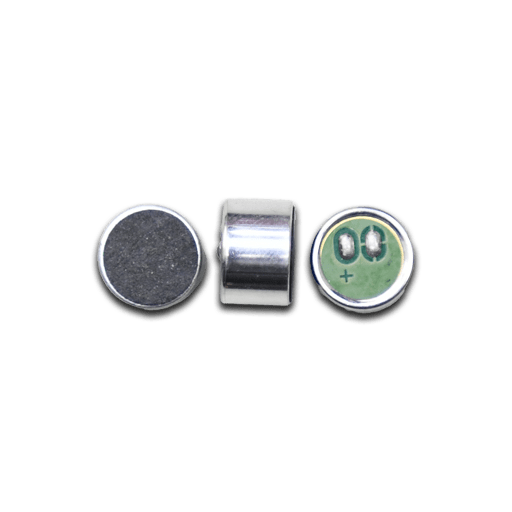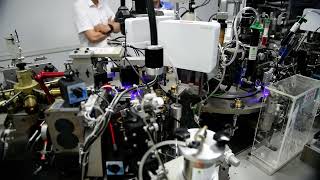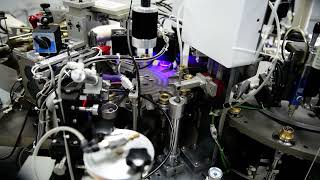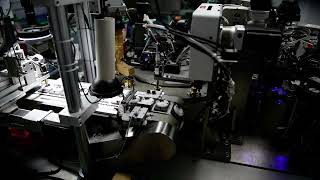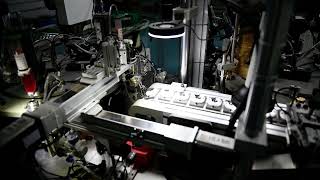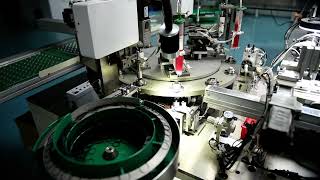What is a Microphone and Types?
Microphones are essential devices that convert sound waves into electrical signals. They play a vital role in various applications such as music recording, broadcasting, communication, and speech recognition. Understanding different microphone types helps users choose the best option for their specific needs.
Types of Microphones
-
Dynamic Microphones
Dynamic microphones are robust and versatile. They operate on electromagnetic induction, making them durable and capable of handling high sound pressure levels.
- Mechanism: Uses a diaphragm attached to a coil of wire placed within a magnetic field. Sound waves move the diaphragm, creating electrical signals.
- Characteristics:
- Durability: Highly durable and resistant to moisture.
- Sound Handling: Handles loud sounds without distortion.
- Consideration: Less sensitive to quiet sounds and high frequencies.
-
Condenser Microphones
Condenser microphones are known for their sensitivity and accuracy, often used in studios and professional recordings.
- Mechanism: Uses a capacitor (condenser) with a diaphragm that vibrates in response to sound, changing the capacitance and producing a signal. Requires phantom power.
- Characteristics:
- Sound Quality: Provides clear, detailed sound reproduction.
- Sensitivity: Highly sensitive to a wide range of frequencies.
- Consideration: More fragile and sensitive to handling noise and humidity.
-
Ribbon Microphones
Ribbon microphones offer vintage sound quality and are often used for vocals and musical instruments.
- Mechanism: Uses a thin metal ribbon suspended between magnets. The ribbon vibrates with sound waves, generating a signal.
- Characteristics:
- Sound Profile: Warm, natural sound with excellent midrange.
- Pickup Pattern: Usually bidirectional (figure-8 pattern).
- Consideration: Delicate and requires careful handling and proper preamps.
-
Lavalier Microphones
Lavalier microphones, also known as lapel mics, are small and clip onto clothing for hands-free operation in broadcasting or presentations.
- Mechanism: Typically electret condenser type, powered by batteries or transmitters.
- Characteristics:
- Portability: Compact and unobtrusive.
- Use Case: Ideal for video shoots, interviews, and public speaking.
- Consideration: Can pick up rustling or movement noise.
-
Shotgun Microphones
Shotgun microphones are highly directional, capturing sound from the front while rejecting side and rear noise.
- Mechanism: Uses an interference tube in front of a condenser capsule to narrow the pickup pattern.
- Characteristics:
- Directionality: Highly focused on capturing distant sounds.
- Use Case: Common in film production and field recording.
- Consideration: Requires precise aiming and often external power.
-
USB Microphones
USB microphones offer plug-and-play convenience for podcasters, streamers, and remote workers.
- Mechanism: Built-in analog-to-digital converter (ADC) and preamp for direct USB connection to computers.
- Characteristics:
- Convenience: Does not require external audio interface.
- Compatibility: Works with most computers and recording software.
- Consideration: May not offer the same quality as professional XLR mics.
Comparison of Microphone Types
| Microphone Type | Sound Quality | Strengths | Weaknesses | Best Use |
|---|---|---|---|---|
| Dynamic | Good, especially for loud sources | Durable, handles high SPL | Less sensitive to detail | Live sound, drums, vocals |
| Condenser | Excellent clarity and detail | Wide frequency response | Fragile, needs phantom power | Studio vocals, instruments |
| Ribbon | Warm and smooth | Natural sound, bidirectional | Delicate, needs quality preamp | Vocals, strings, horns |
| Lavalier | Clear for speech | Discreet, hands-free | Prone to clothing noise | Interviews, presentations |
| Shotgun | Focused and clean | Excellent directionality | Requires aiming, power | Film, field recording |
| USB | Varies by model | Easy to use, portable | Lower fidelity than XLR | Podcasting, streaming |
